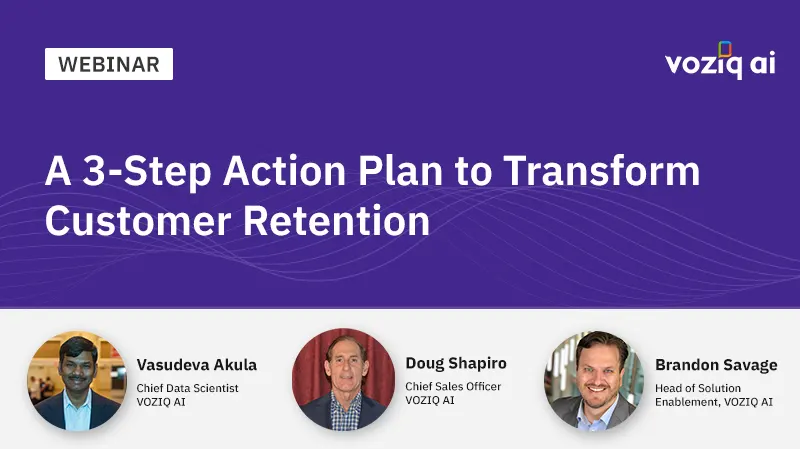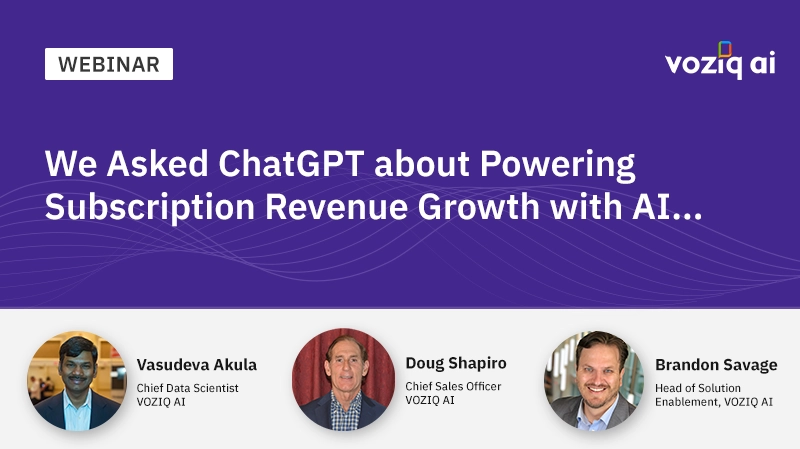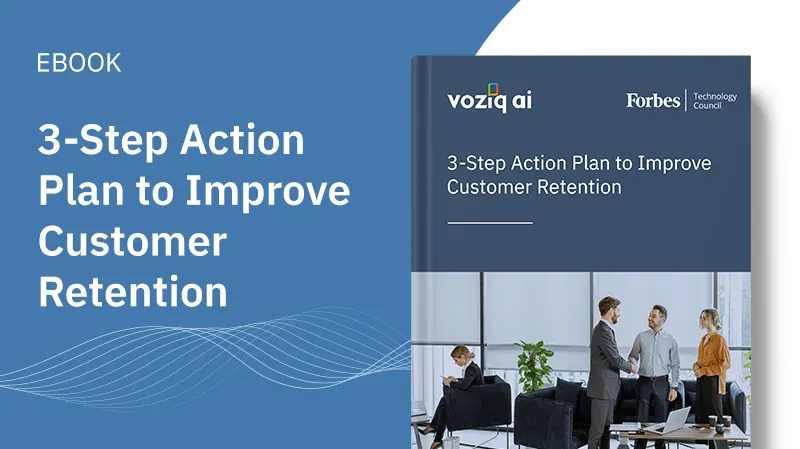Five Strategic Enablers Of AI-Driven Retention Transformation

Five Strategic Enablers Of AI-Driven Retention Transformation
As the complexity of customer churn grows, retention approaches are also evolving to tackle the churn risk and protect customer revenue—and AI can play an instrumental role in that. For many leading recurring revenue businesses, AI is transforming retention by leveraging customer data, advanced analytics and machine learning to extract actionable intelligence and drive multichannel retention actions.
In this article, I will look at the five strategic enablers of an AI-powered customer retention transformation.
1. Unified Customer Data
Leveraging customer data properly can unlock valuable insights into your customers and enable you to personalize their experience, improving your relationship with them and increasing their likelihood to stay with you.
However, the biggest barrier that companies often face while looking for data is that it is siloed. They may have massive customer data, but it is distributed across various departments and channels, such as call centers, sales, marketing campaigns, service and billing history, transactions and loyalty programs, among others.
To get a comprehensive view of customer behavior and anticipate their changing needs, breaking siloes to unify all customer data is critical.
2. Analytics Capabilities
Even a vast pool of valuable customer data is of little use if your company lacks the analytical capability to make sense of it.
It is especially important considering that most of your customer data—as much as 80%—is available in unstructured form. For example, agent notes, survey responses, support chats, service requests, etc. This unstructured data is the voice of the customer and holds the key to unlocking complex customer behaviors and needs.
3. Predictive Modeling
You can be well prepared to address churn if you can predict emerging churn risk early in a customer’s lifecycle. Using data collected from every customer touchpoint and channel, predictive modeling helps you anticipate customer intent better.
Multiple predictive models can be designed to deliver predictions about churn risk, churn drivers, NPS risks, referral/upgrade opportunities and health indicators that add an element of explainability to the predictive intelligence. With such rich predictive intelligence, it is easier for you to analyze how different the risk is for every customer, how the risk can be minimized going forward and what offers will be relevant for every at-risk customer.
4. Personalization
Personalization is a critical component in upping your retention game. Mass retention offers at the last minute have proven to be the least effective and highly expensive. Additionally, unnecessary interactions with wrong offers can even put off a customer who is not at risk, increasing the churn likelihood.
Instead, you should analyze customer interactions and other relevant details to identify risk drivers for each customer and create risk-based microsegments for surgical targeting. Microsegmentation will help you not only identify your high-value and high-risk customers but also personalize offers to target only the at-risk customers.
This eliminates the need for last-minute offers, increases the offer acceptance rate and boosts the overall ROI of the campaign.
5. Call Center Agent Empowerment
Call center agent empowerment is critical to achieving retention breakthroughs; it is your team of trained agents who engages with customers at risk of canceling. You can leverage AI to augment human intelligence by ensuring that your agents have all the required intelligence, health indicators and additional context handy to have a better interaction with an at-risk customer. In more mature operations, this also includes real-time access to guidance about the next best offers and actions to extend the lifetime of the at-risk customer who is on call.
Such guidance democratizes intelligence and empowers your agents with the ability to make decisions and maximize customer lifetime value.
For the customer, it means more meaningful interactions and offers and less time on call.
Every AI-powered retention success story has had these strategic enablers working behind it. If you are part of a customer-centric business looking to transform your customer retention strategy using AI, these enablers are indispensable to achieving your customer retention targets.






